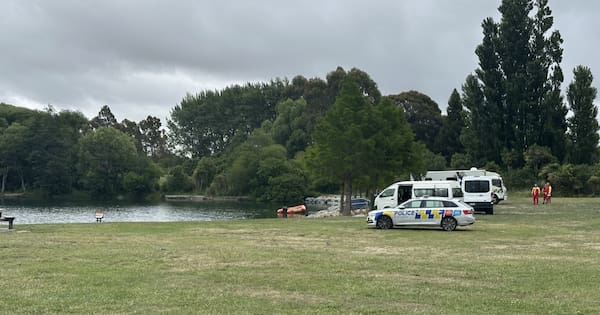A man permanently lost vision in his right eye after waiting hours for treatment at two public hospitals during a nationwide nurses’ strike.
The Health and Disability Commissioner ruled Health New Zealand had breached the Code of Health and Disability Services Consumers’ Rights, saying the delays were “unacceptable” and avoidable.
On June 9, 2021, the man experienced sudden vision loss, dizziness and nausea. He was taken by ambulance to the first public hospital’s emergency department at 11.24am and triaged as Triage Code 2 – meaning he should have been seen within 10 minutes.
Instead, he waited for more than four hours to be seen by a locum doctor.
The Emergency Department was constrained by strike action, with only one nurse on duty and volunteers who had no medical training.
Patients weren’t assigned nurses, and the “eye room” where he waited wasn’t clearly marked on the whiteboard.
Deputy commissioner Dr Vanessa Caldwell said: “From the time of triage to the time of being seen by a doctor, Mr A waited for over four hours. This did not meet the relevant target and was a significant delay for a patient who was suffering from a time-sensitive condition. I consider that this delay was unacceptable.”
The doctor decided the man needed an urgent ophthalmology review — but the first public hospital had no ophthalmologist on site. Instead of arranging a formal transfer, the man was discharged and told to travel by private car to the second public hospital.
However, the first public hospital did not alert the second’s Emergency Department. When the man arrived, staff treated him as a routine case.
He arrived at 6.38pm and waited another two-and-a-half hours to be seen, despite being triaged as a Triage Code 3, which meant he should have been seen in 30 minutes.
By then, the optimal six-hour treatment window for central retinal artery occlusion had passed and attempts to restore his sight failed.
The HDC report found multiple failures contributed to the delays, including no nurse oversight during the strike, poor visibility of the “eye room” on the ED whiteboard, a locum doctor unfamiliar with referral protocols, and no contingency planning for industrial action.
Caldwell said it was evident that appropriate processes and sufficient resources were not in place.
The man described the experience as “traumatic” and he was distressed at being unable to receive the care he required in a timely manner to give him the best outcome.
Health NZ apologised and accepted the findings of the report.
It was recommended to provide formal written apologies to the patient, undergo a review of contingency planning to guarantee critical areas are properly staffed during strikes, and a redesign of emergency department whiteboards so patients in specialist rooms aren’t overlooked.
Health NZ must also create clear protocols for locum doctors so they understand referral processes and develop emergency pathways for ophthalmology cases to avoid unnecessary delays.













